Golden mustache: description, varieties, planting and care rules

Today, many varieties of crops are available to flower growers for growing at home. Callisia fragrant or golden mustache is a plant that attracts not only with its appearance, but also has medicinal properties, in light of which it is very often cultivated indoors.
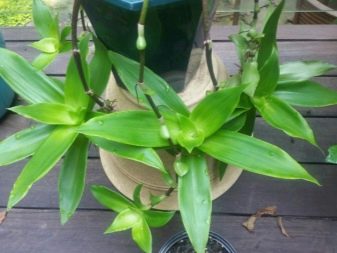

Description
The culture is an ampelous plant belonging to the commeline family. The tropics and subtropics are considered the homeland of the golden mustache; in the wild, it can be found in Central and South America. There, fragrant callis, due to its ability to form creeping and branched stems, forms rather dense sod in wet partial shade.
As for indoor crops, they are a small plant with rich green decorative foliage. In addition to external attractiveness, a golden mustache or fragrant callisia is valued by flower growers for a special chemical composition, thanks to which the green mass of a flower is very often used in folk medicine.
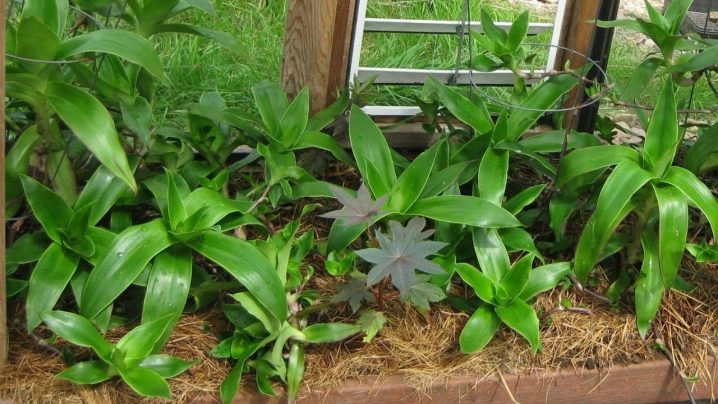
Indoor plant sizes rarely exceed 120 centimeters... The indoor flower has dense and thick shoots, which can be of two types. In the first type of culture, the leaves will be located in an upright position, in the second case, the golden mustache will have a creeping underdeveloped rosette at the ends of the shoots.
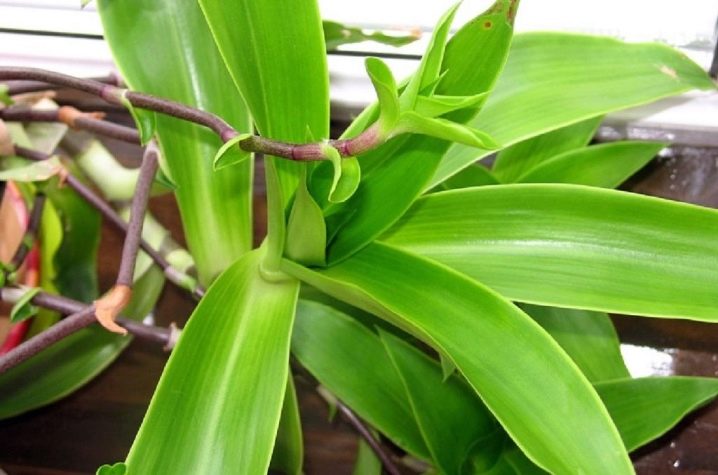
In the room, a golden mustache does not bloom often, but if the culture blooms, then small white flowers will decorate the green foliage. And also there are cultures with racemose lilac or pink flowers that have an unobtrusive aroma.

If a florist plans to grow a plant for further use for medicinal purposes, then the golden mustache should grow in a clean room with regular ventilation, or it is worth setting aside a place for culture on a heated veranda or loggia. In household premises where smoke, fumes or other foreign substances in the air will be present, it is unlikely that it will be possible to cultivate a useful culture. This is due to the peculiarities of the golden mustache to actively absorb harmful components from the air.

In this case, it is possible to improve the microclimate in the room, but it is not recommended to use the plant for the preparation of various medicines.
Home care
Since the fragrant callis is a ground cover crop, it is recommended to plant it indoors in a hanging basket or pot. Crop care, as a rule, does not require the creation of special conditions, therefore even a novice florist can cultivate a golden mustache on his own. There are a number of key points to consider when creating a suitable microclimate for your plant at home.
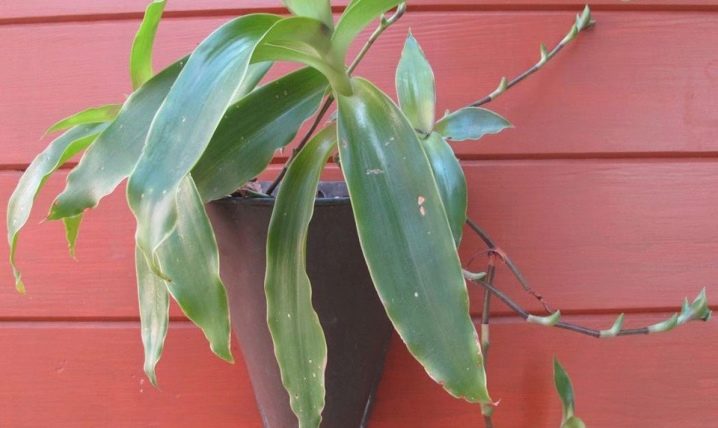
Lighting
For fragrant callis, it is necessary to choose a place with year-round access to diffused sunlight. The best place to place the pot will be window sills on the east or west side. Determine the lack of light based on the color of the leaves. - with sufficient illumination, the green mass will be rich and bright in color. Direct sunlight on the indoor flower should be avoided so as not to provoke a burn.

Air temperature
Based on the season, the room temperature can be adjusted.In spring and summer for the culture, the optimal thermometer values will be from + 20 ° C to + 27 ° C. With the arrival of winter, the temperature should be lowered to the mark + 15.20 ° C.
The critical point at which the plant can die will be + 12 ° C.

Watering and humidity
In the hot summer months, it is necessary to moisturize the golden mustache abundantly using settled water. It is possible to determine that the culture needs watering by the dried top layer in the soil. Lack of moisture can adversely affect the health of fragrant callusia. Due to the fact that the homeland of the plant is regions with a high level of air humidity, indoors, the flower should also be created close to natural conditions.

To raise the humidity in the heating season and in the summer heat, it is recommended to spray the leaves of the crop regularly.
Another option for moisturizing the flower is to place the pot in a pallet of damp pebbles. There is a scheme that can be used by adjusting watering:
- from spring to the arrival of autumn, you need to moisten the culture every other day;
- with the arrival of winter, watering is reduced to 1 time per week.
Experienced florists advise acidify the water before watering the golden mustache. To do this, add a few granules of edible citric acid to the settled liquid or squeeze some fresh citrus juice into it.
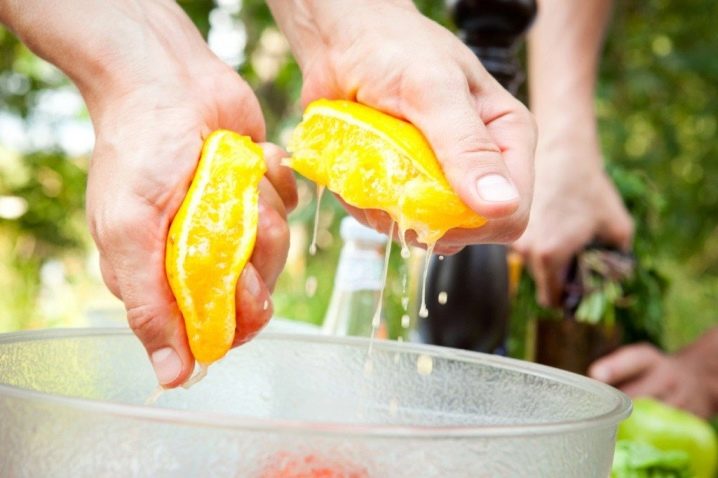
Top dressing
Fertilize the flower often. Fragrant callis is fed from spring to September. For this, it is recommended to use complex formulations. The need for constant feeding is due to the rapid depletion of the soil in the container with a flower, as a result of which the culture will develop much more slowly.
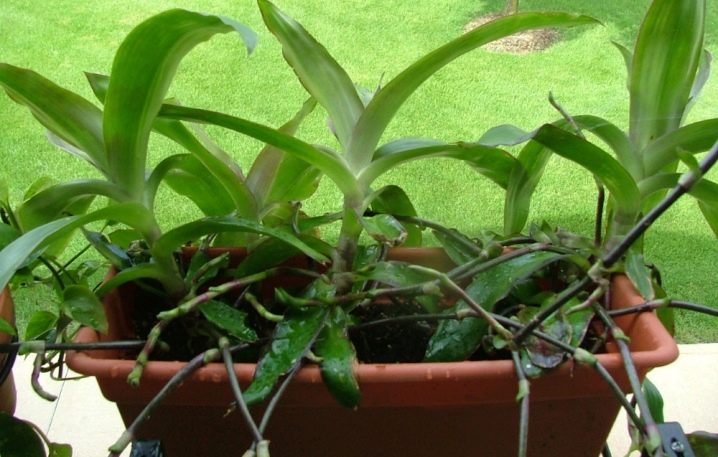
You can also fertilize a golden mustache with organic matter, but in a room it will not be entirely acceptable. It is important to feed the culture with store-bought formulations containing phosphorus, potassium and nitrogen, which will have a positive effect on the growth and visual attractiveness of the plant.
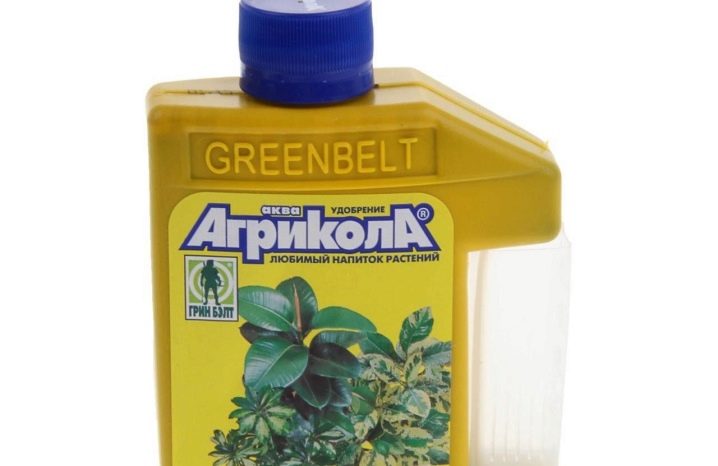
Reproduction methods
You can get a new culture in several ways:
- layering from the mother plant;
- cuttings;
- sockets;
- seeds.
The latter option requires the culture to flourish.
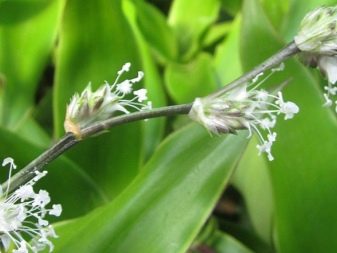
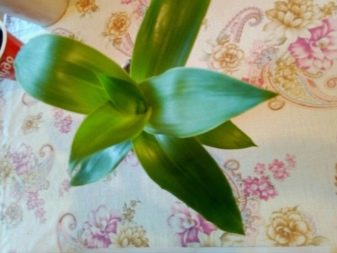


Seeds are collected from the faded buds of the plant, but since fragrant callis does not always bloom at home, flower growers use this method extremely rarely.

In greenhouse conditions, the golden mustache can be propagated by rooting long shoots of the culture. After 2-3 weeks, young roots should form on the selected stems, after which this part of the culture can be separated and planted separately.
If the golden mustache is propagated by cuttings, then the planting material is obtained from a healthy shoot by dividing it into several parts, each of which must contain several internodes.
You can plant cuttings in a pot, having previously prepared a substrate of peat and sand for them. A young culture germinates at room temperature under a film. The soil is moistened as it dries up. The mini-greenhouse should be ventilated daily, temporarily removing the covering material in order to remove condensation accumulated on the film and the walls of the pot. As practice shows, after 2-3 weeks the cutting will take root well in the ground.
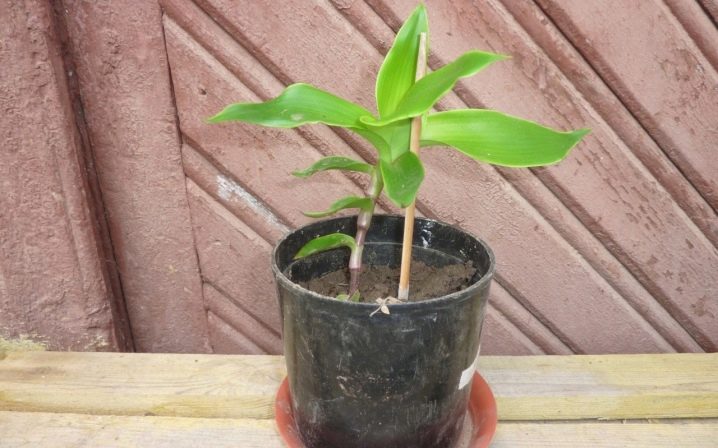
To grow new fragrant callis from the sockets, it is necessary to select a part of the culture containing it with a small tendril. Having separated the outlet, the plant germinates in any container with water. It is necessary to take care of the golden mustache as follows - regularly change the water to a new room temperature, since stagnant liquid can cause rotting of the stem and roots.
After the appearance of healthy roots, the fragrant callis can be transplanted into a small pot.
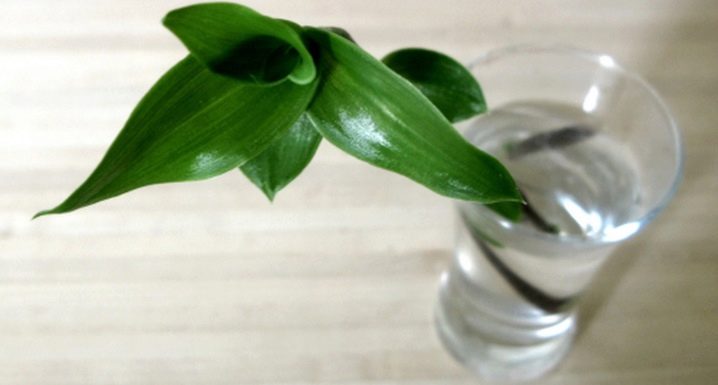
Landing rules
It is recommended to root the culture in loamy soil. with slightly acidic pH. The substrate can be purchased at the store; for the golden mustache, the use of universal soil is allowed.Some growers prefer to prepare the soil for an indoor flower on their own. For these purposes, river sand should be mixed with deciduous humus and high-moor peat. Sometimes garden soil and sand are used for planting plants.
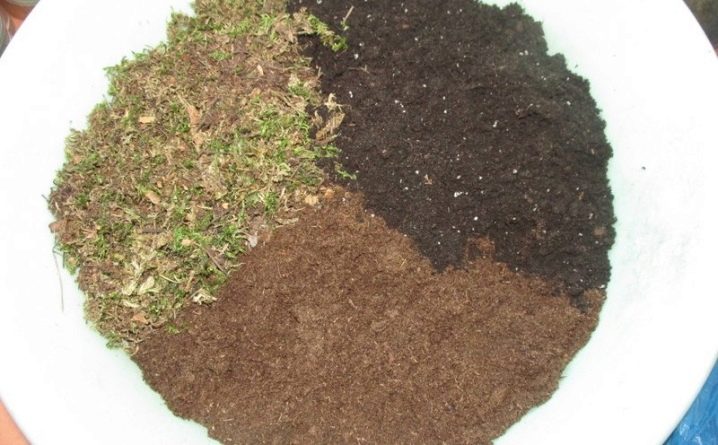
The main requirement for planting or transplanting fragrant callis is the lightness and nutritional value of the soil in the pot.
The first feature is important to prevent moisture stagnation, as well as rhizome decay. Rooting of the golden mustache is carried out in a container with the obligatory presence of drainage. For these purposes, you can use pieces of moss, eggshells or expanded clay. Sand before use is usually disinfected by calcination or treatment with a solution of potassium permanganate.
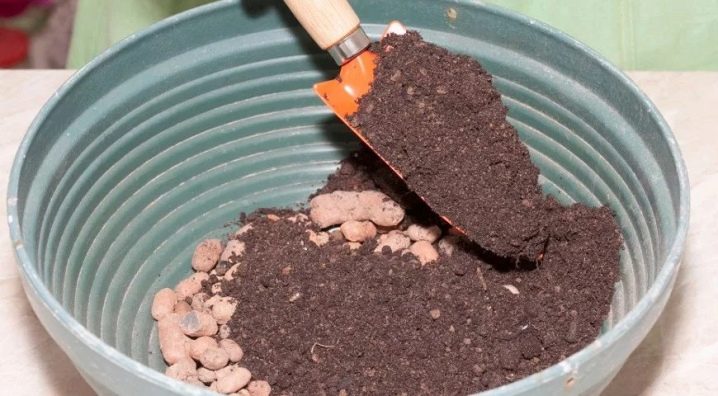
Growing a plant at home in the early years of golden whisker growth requires regular transplanting of the flower in light of its rapid growth and increase in size. Over time, the growth rate of the golden mustache slows down, so the transplant is carried out after the depletion of the soil, as well as the growth of the root system.
Flowering features
At home, a golden mustache blooms very rarely. However, during this period, the culture looks very beautiful. A shoot appears on the plant, at the end of which a panicle of white buds is formed. Flowering and its frequency depend on the microclimate in which the plant develops. Abundant flowering can only be observed in a warm room.
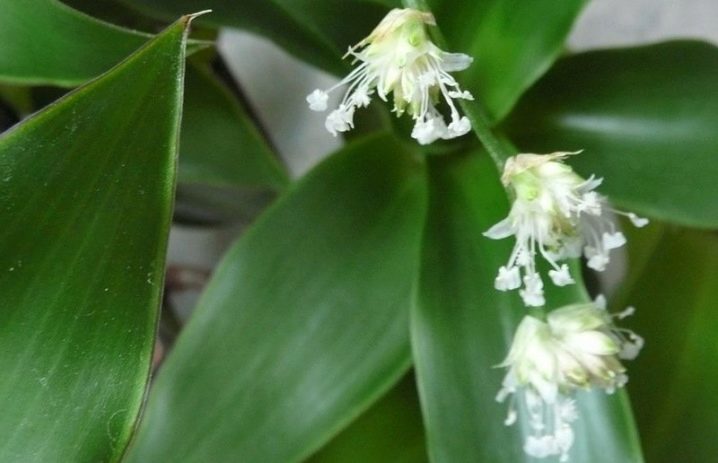
In order for the culture to have more flowers, in the flowering phase, the florist is recommended to independently remove faded specimens.
Diseases and pests
A useful plant is very often attacked by insect pests. Due to its small size, it can be difficult to spot "intruders" right away. However, culture signals with its appearance that dangerous insects have appeared on it. As a rule, the edges of the leaves turn yellow in the culture, they can fall off or lose their visual appeal. Among the most common pests, several individuals should be distinguished.
Thrips
Insects settle on the inside of the leaves of the plant, forming whole colonies there. The fight against the pest is carried out by regular preventive examination of the plant, as well as by treatment with systemic drugs for parasites. Among them are "Aktellik" or "Aktaru".
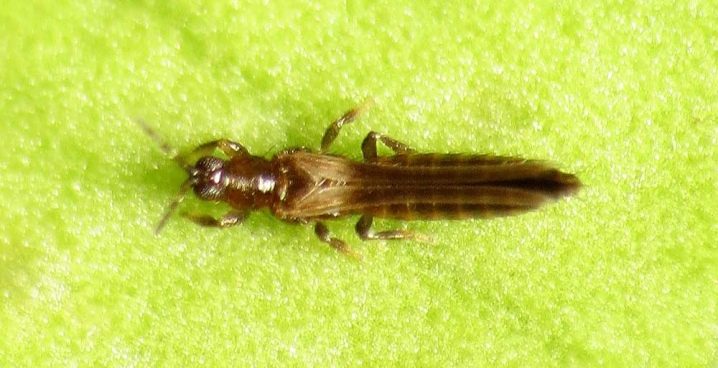
Spider mite
Most often, a red tick can be found on a golden mustache, which can be seen due to its color on the plant. To combat the pest, you must use store-bought insecticides for spraying a flower.

The medicinal plant can also suffer from various ailments. These include some dangerous diseases.
Chlorosis
Signs of the development of the disease will be pale or yellow leaves, which will suffer from chlorophyll deficiency. A lack of some important elements in the soil, for example, iron, or a lack of light can provoke such a condition. For the treatment of culture, flower growers use a solution of ferrous sulfate mixed with water for watering a flower.
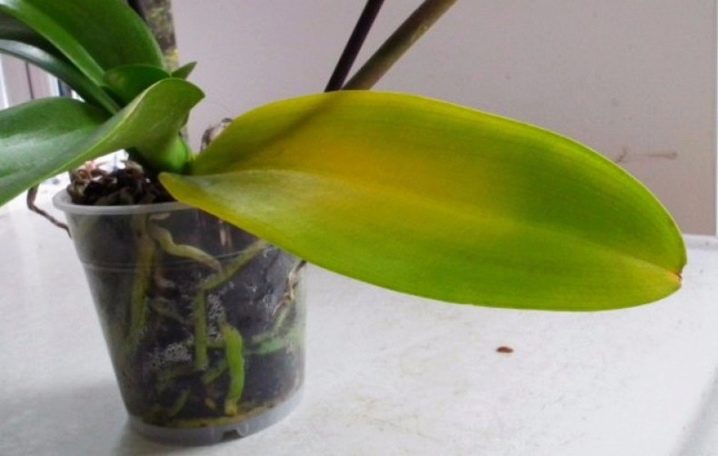
It is recommended to perform such manipulations for at least one month.
Powdery mildew
Fungal disease, the signs of which are the cobweb on the plant, which eventually becomes brown. Spots of a similar color also appear on the leaves. Too dry air or drafts at the place where the indoor flower is located promotes the spread of infection. It will be possible to cure the culture by treatment with a sulfur-based solution, as well as spraying with a copper-soap solution every 7-10 days.
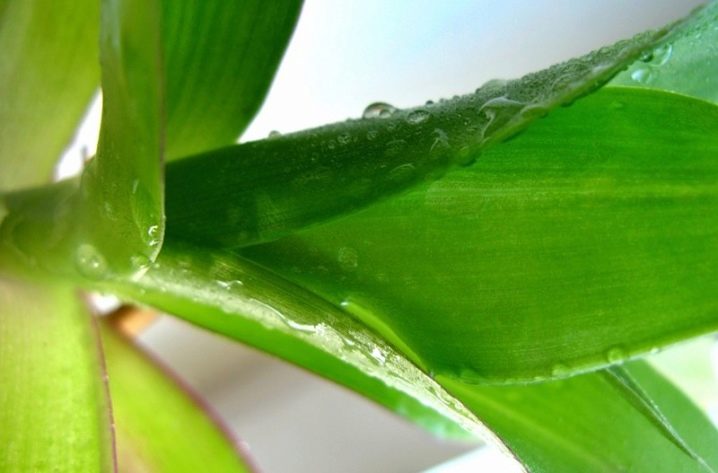
Rust
A common condition for golden mustache. It manifests itself as rusty spots on the green mass of the culture. For treatment, it is recommended to use pollination of the plant with ground sulfur.
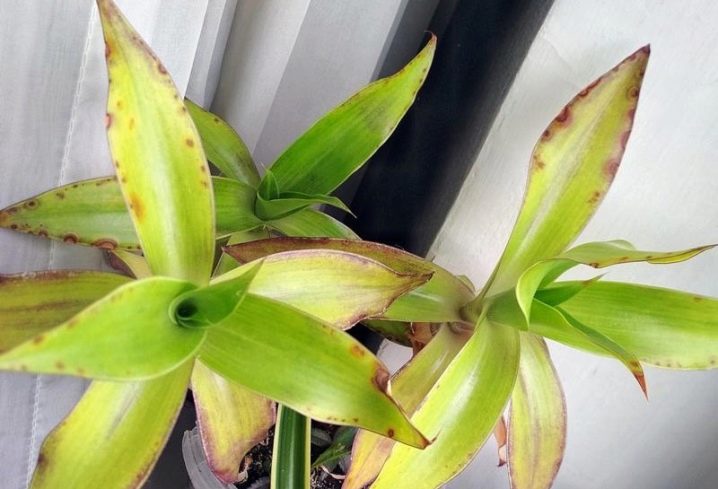
For what else you need to know about growing a golden mustache, see the video below.
























Do I need to cut thin twigs if there are a lot of them?
Golden mustache or Callisia fragrant is not accidentally named in the common parlance mustache). Some growers tie the main stem to a support so that it does not bend under its weight, but I do not do that, because it will grow very long and can grow this way indefinitely. I cut off all the extra processes or, when it breaks under its weight, I put them into the ground or into the water, they germinate, and several stems are obtained. I am more comfortable with it when it grows like a Tradescantia, curvy, curvy, than long and single. The scions are used for treatment due to the presence of a large amount of bioactive substances. The plant is able to fight all sorts of infections, stimulate metabolic processes, strengthen the circulatory system and immunity, promote the elimination of toxins from the body, have an analgesic, wound healing and even antitumor effect.
The comment was sent successfully.